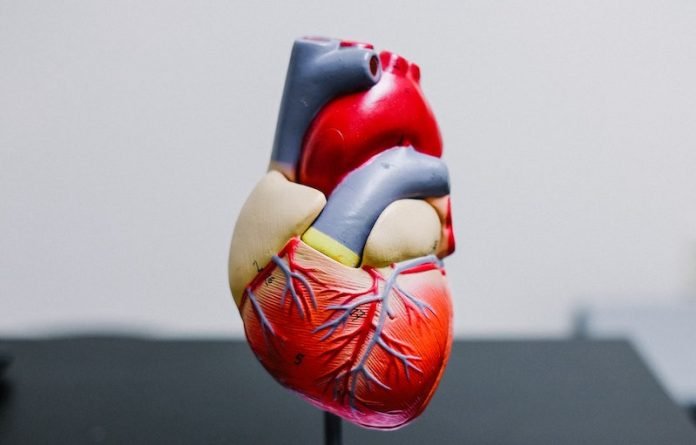
While advances across populations have made survival after a heart attack possible for most, too many survivors suffer long-term complications like heart failure.
In a study from Indiana University, scientists found that iron drives the formation of fatty tissue in the heart and leads to chronic heart failure in about 50% of heart attack survivors.
The discovery paves the way for treatments that have the potential to prevent heart failure in nearly half a million people a year in the United States, and many millions more worldwide.
In the study, the team followed large animal models over six months.
They found that in heart attacks that result in bleeding within the heart muscle—which is about half of them—scar tissue is slowly replaced by fat.
Fatty tissue can’t push blood from the heart effectively, and this is what leads to heart failure and eventually to death in many survivors of hemorrhagic heart attacks.
The team says using noninvasive imaging, histology and molecular biology techniques, and various other technologies, they found that iron from red blood cells is what drives this process.
When they removed the iron, they reduced the amount of fat in the heart muscle.
This finding establishes a pathway for clinical investigations to remedy or mitigate the effects associated with iron in hemorrhagic myocardial infarction patients.
The team is currently testing iron chelation therapy to do just that in a just-launched clinical trial.
If you care about heart health, please read studies about a big cause of heart failure, and Vitamin C, but not vitamin E, linked to lower risk of heart failure.
For more information about nutrition, please see recent studies about the best blood sugar levels to prevent strokes and heart attacks, and how red and processed meat affect heart disease risk.
The study was conducted by Rohan Dharmakumar et al and published in Nature Communications.
Copyright © 2022 Knowridge Science Report. All rights reserved.



